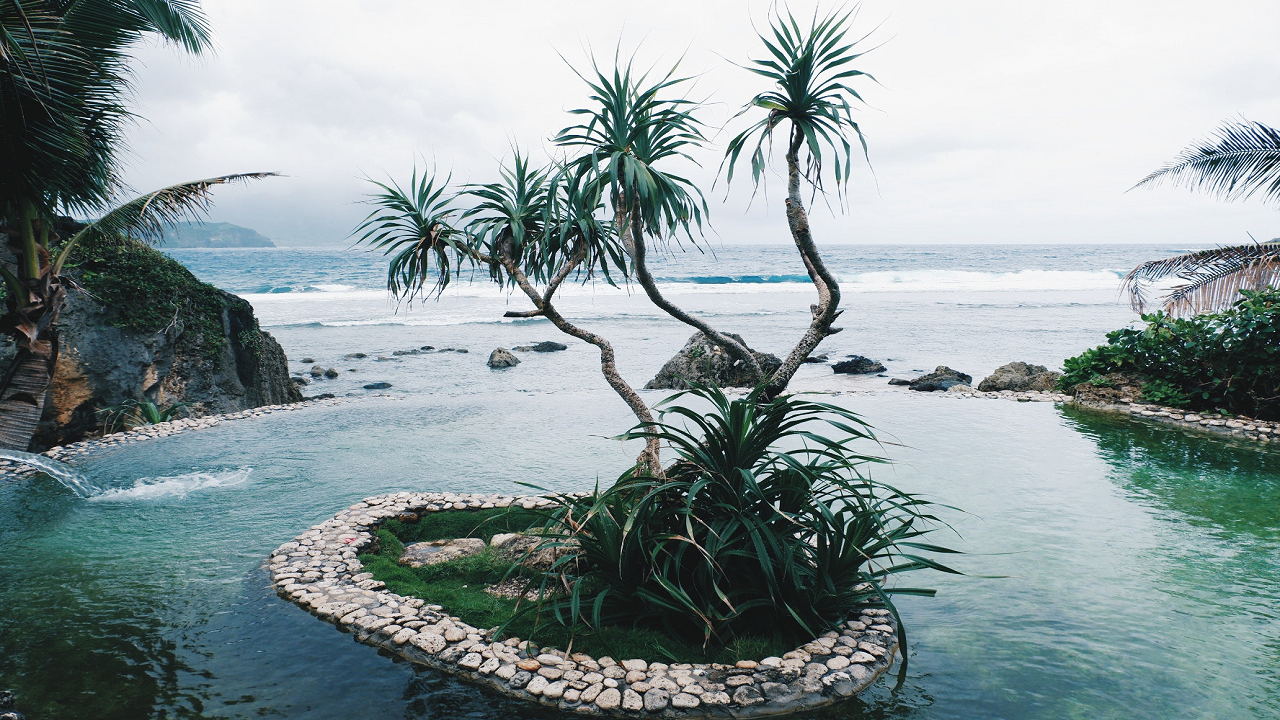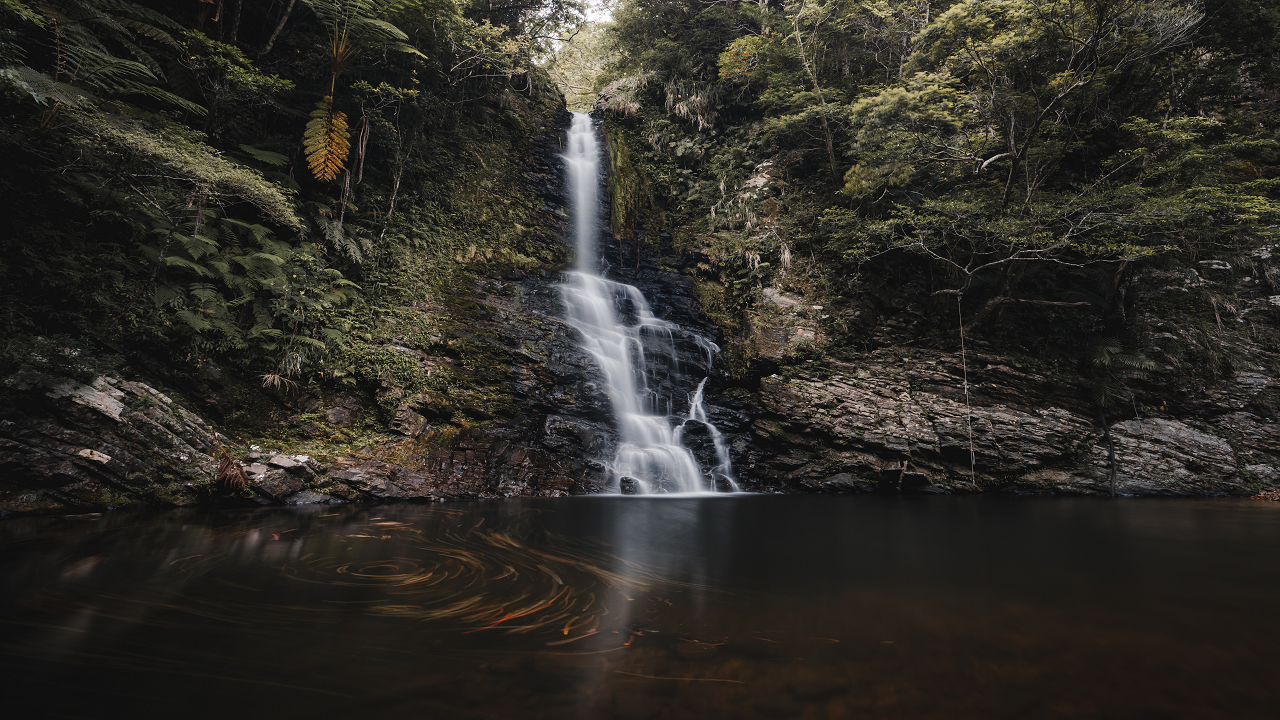
Mother Earth is a personification of the planet Earth in various cultures and mythologies. It is often depicted as a nurturing, protective, and life-giving entity, responsible for the creation and sustenance of all living beings. In some cultures, it is worshipped as a goddess, while in others it is seen as a sacred and respected force of nature. The concept of Mother Earth highlights the interconnectedness and importance of all living things and the need for humans to respect and care for the natural environment.
Most of us know that Earth is the third planet from the sun and the only known planet with a diverse and thriving ecosystem that can support life. It is approximately 4.54 billion years old and has a diameter of 12,742 kilometres. It has a complex atmosphere that is essential for life, consisting of nitrogen, oxygen, and trace amounts of other gases. The planet's surface is 71% water and 29% land, with five oceans and numerous continents, mountains, and valleys. Earth also has a magnetic field that protects it from harmful radiation from the sun. It is home to millions of different species of living organisms, including humans, who have populated the planet for thousands of years.
However, human activity has also led to environmental problems such as pollution, climate change, and loss of biodiversity, which threaten the planet's ability to support life.
Similar to this, there are several numerous amazing facts that you might not heard of. So, let’s have a quick look.
-
Mother Earth, also known as Gaia, is estimated to be 4.543 billion years old.
-
The Earth's landmasses were once a supercontinent called Pangaea, which began breaking apart around 175 million years ago.
-
The Earth's atmosphere is primarily composed of nitrogen (78.1%) and oxygen (20.9%).
-
The Earth's magnetic field is what protects us from harmful solar and cosmic radiation.
-
The Earth's deepest point is the Mariana Trench, which is approximately 36,070 feet (10,994 meters) deep in the Pacific Ocean.
-
The Earth has a circumference of approximately 24,901 miles (40,075 kilometres).
-
The Earth experiences approximately 20,000 earthquakes each year, with the majority being too small to be felt by humans.
-
The largest volcano on Earth, Mauna Loa, is located in Hawaii and stands at approximately 13,678 feet (4,169 meters) tall.
-
The Earth has an estimated 8.7 million different species of animals and plants.
-
The Earth's rotation is gradually slowing down, causing days to get slightly longer over time.
-
Scientists estimate that the average temperature can go up by 12-degree Fahrenheit by the end of 21st century if we continue to release greenhouse gases as we are releasing currently.
-
The hottest temperature ever recorded on Earth was in Furnace Creek Ranch, Death Valley, California on July 10, 1913. It was 134 degrees Fahrenheit.

-
The deepest part of the world’s ocean, the Mariana Trench, is about 36,070 feet deep.
-
The Earth's atmosphere is composed mainly of nitrogen and oxygen.
-
The highest mountain in the world is Mount Everest, which is 29,029 feet tall.
-
The Earth's magnetic field protects us from harmful solar radiation.
-
The Earth's rotation is responsible for day and night.
-
The Earth's axis is tilted at an angle of 23.5 degrees, causing the seasons.
-
The Great Barrier Reef in Australia is the world's largest coral reef system.

-
The Earth has a molten core composed mainly of iron.
-
Our planet is constantly changing due to tectonic plates shifting, earthquakes, and volcanic activity.
-
The world's longest river is the Nile, which is 4,135 miles long.
-
The Earth’s core is one of the hottest places in the solar system, with temperatures reaching over 10,000 degrees Fahrenheit.
-
Humans have been on Earth for only a tiny fraction of the planet's existence.
















